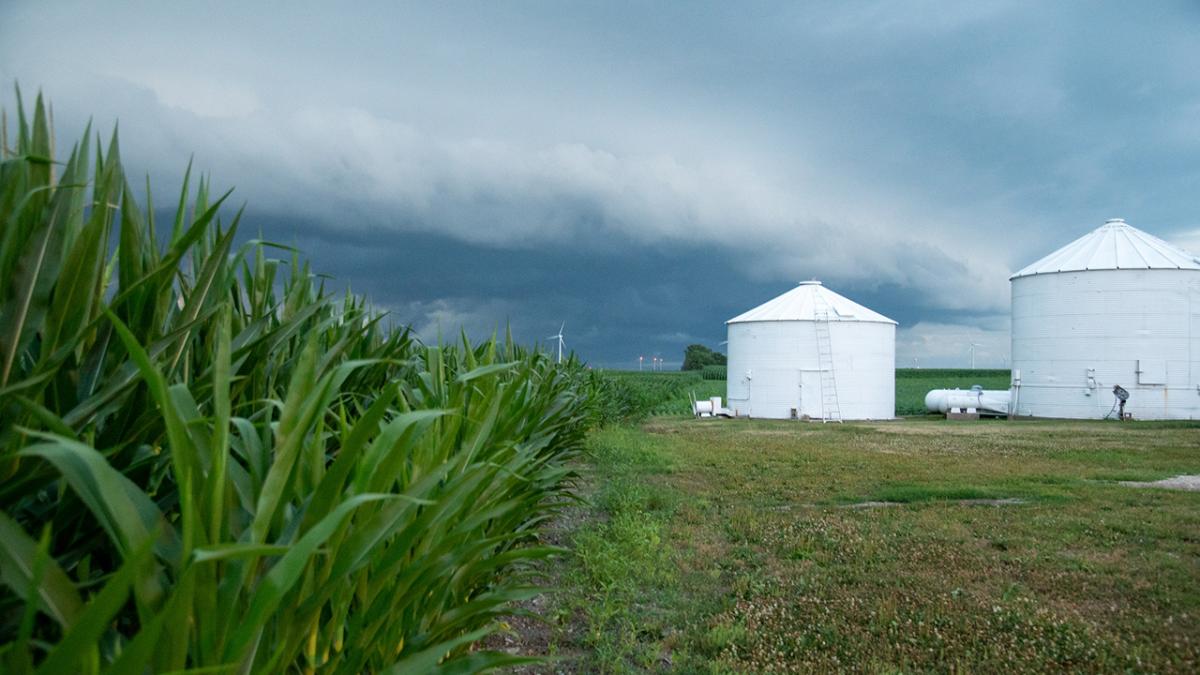Real Ag Stock
This "Policy Report" column was first published by Nebraska Farmer on Aug. 9, 2024, and is excerpted here with permission. Read the full column here.
The ag outlook in 2024 has been clouded by lower prices, higher production costs and shrinking margins for most commodities. The story sounds a lot like the risks faced in ag a decade ago, when producers were experiencing lower prices and tighter financial conditions. However, the risks could be even more challenging today because the financing needed to backstop declining margins and shrinking working capital would come with much higher interest rates and costs.
While the current outlook might point to the production, market and financial risks that producers face, the reality is that producers face risks across the spectrum, including legal and human risks as well.
Production risk
Crop producers are sizing up their yield prospects as fall harvest nears, assessing the impact of the various production risks experienced this year — from lingering drought conditions in some regions to wet and delayed planting conditions in other regions, and numerous storm and weather challenges during the growing season. Producers use a number of risk management strategies to address these concerns, including production practices and, of course, crop insurance.
Market risk
On the marketing side, producers may be assessing the status of their marketing plans, hoping to balance their marketing and pricing decisions to date with their expected production and remaining price risk exposure.
The price risk management strategy for crop producers actually begins with the federal farm program and Agriculture Risk Coverage or Price Loss Coverage program protection. Coupled with the price component of the most widely used Revenue Protection crop insurance policy, producers already have a substantial price safety net in place. Further marketing decisions to manage price risk or basis risk can help producers cope with the remaining risk they face on this year’s crop as well as consider decisions for future crop years.
Financial risk
The financial picture as described above is one of shrinking margins and more pressure on working capital, cash flow and potential borrowing needs amid a higher interest rate environment. Sound financial risk management starts with good records and an assessment of the cost of production and financial position and performance. Making sound financial management decisions builds on this information to position an operation for financial stability and viability.
